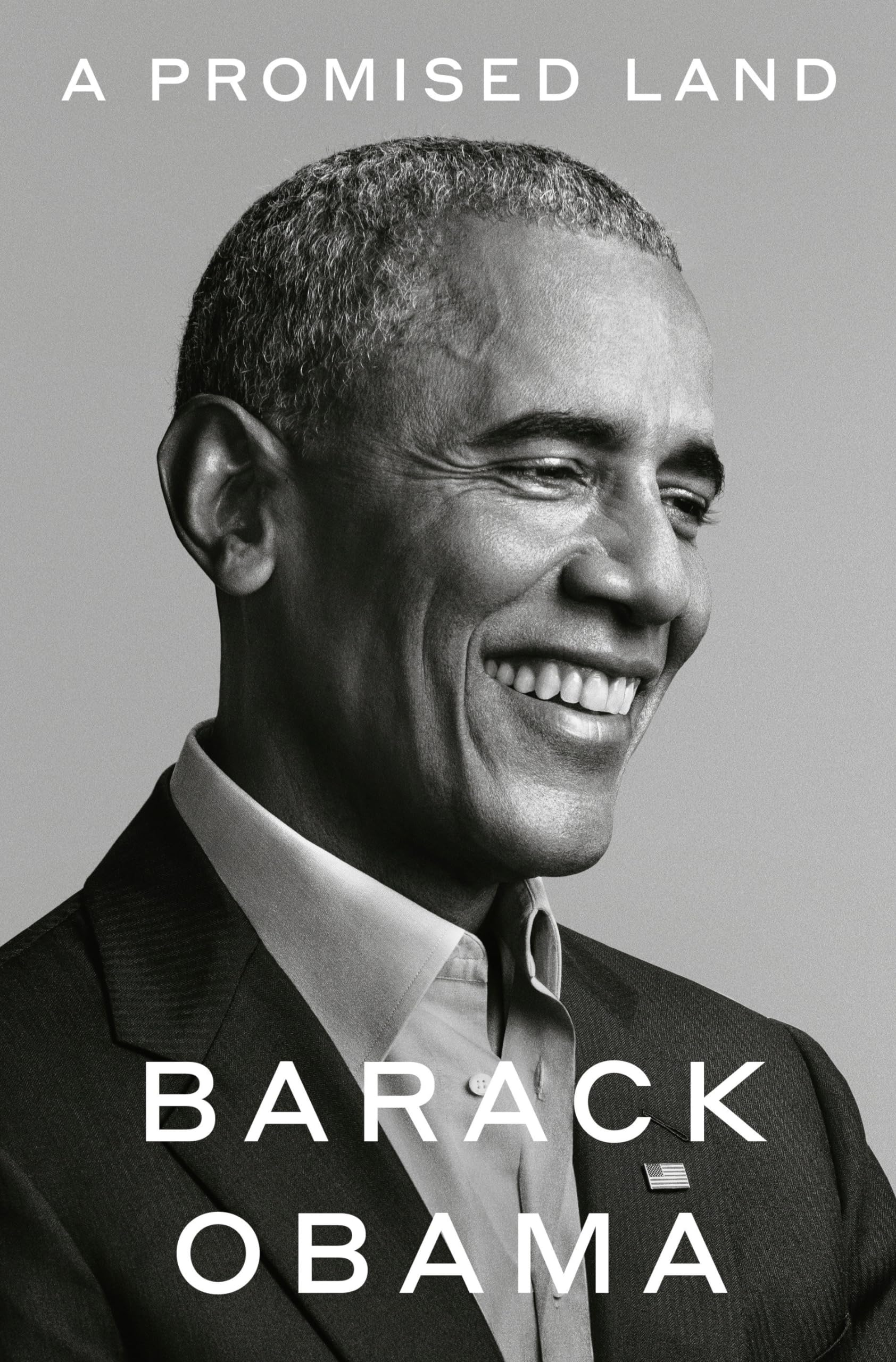CHAPTER 20: The Role of Diplomacy in Global Affairs
byChapter 20 recounts the author’s intense and multifaceted engagement with global diplomacy during a United Nations General Assembly (UNGA) week, providing a vivid depiction of the logistical and political whirlwind that characterizes such international gatherings. The chapter paints a detailed picture of the intense preparation, high-level meetings, and strategic discussions that take place amid the heightened security and bustling atmosphere of New York City during this crucial diplomatic event. The author describes the intricate choreography of diplomatic interactions, emphasizing the effort required to balance personal engagements with world leaders, address pressing global crises, and navigate the expectations placed upon the United States as a global leader. Through a combination of firsthand experiences and broader analysis, the chapter conveys the gravity of such meetings, where decisions can have far-reaching consequences on international stability and cooperation.
A significant part of the chapter delves into the author’s reflections on the United Nations’ history, its foundational goals, and the evolving challenges that have shaped its role in global governance. The narrative presents the U.N. as an institution that was founded on the promise of fostering peace, promoting human rights, and facilitating international dialogue, yet acknowledges the limitations that come with balancing the interests of diverse nations. While the organization stands as a powerful symbol of diplomacy and multilateral cooperation, its effectiveness is often hindered by the competing agendas of its most influential members. The author offers both admiration and critique, recognizing the U.N.’s essential role in addressing humanitarian crises and international disputes while also pointing out the bureaucratic inefficiencies and geopolitical constraints that prevent it from fully achieving its mission.
The discussion then shifts toward the pressing geopolitical concerns of the time, particularly regarding the United States’ diplomatic interactions with Russia and China. A major focus of these discussions revolves around Iran’s nuclear program, which had become a focal point of international security concerns. The chapter provides an insider’s account of the delicate negotiations between world powers, revealing the intricate balancing act of using intelligence, economic sanctions, and diplomatic pressure to curb nuclear proliferation. The author details how strategic alliances were formed and how competing interests had to be carefully managed to ensure progress without escalating tensions. These negotiations required a careful blend of firmness and flexibility, as securing commitments from nations with their own strategic interests demanded patience, persuasion, and at times, subtle coercion.
Throughout the chapter, the author interweaves personal insights with broader diplomatic themes, illustrating how foreign policy decisions are often a result of careful maneuvering rather than grand declarations. The discussions with Russian and Chinese leaders reflect the transactional nature of diplomacy, where national interests take precedence over ideological alignment. The narrative highlights the importance of strategic engagement, demonstrating how even adversarial relationships can yield cooperation when the right incentives are in place. The author underscores the necessity of measured diplomacy, explaining how global relations are built on trust, leverage, and the ability to find common ground even in the most contentious situations.
The latter part of the chapter reflects on the long-term impact of these diplomatic efforts and the incremental nature of global progress. The author acknowledges that international diplomacy is rarely about achieving sweeping victories but rather about making gradual advancements through persistent dialogue and negotiation. The reality of global politics is that many problems cannot be solved overnight; instead, they require ongoing engagement, incremental concessions, and the patience to build consensus over time. By highlighting both the successes and frustrations of these diplomatic engagements, the chapter provides a realistic portrayal of the work that goes into shaping international relations.
By the chapter’s conclusion, the reader is left with a deeper appreciation for the intricacies of diplomacy, the constant negotiation required to maintain global stability, and the challenges faced by world leaders in balancing national interests with international responsibilities. The narrative underscores that diplomacy is as much about persistence as it is about power, and that in a world of ever-changing alliances and geopolitical tensions, sustained engagement remains the most valuable tool in fostering global cooperation and addressing the world’s most pressing challenges.

